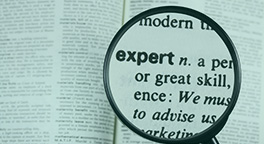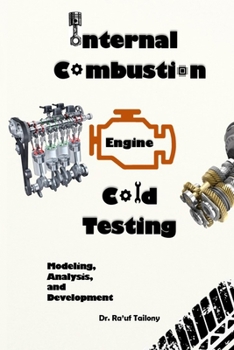Internal Combustion Engine Cold Testing: Modeling, Analysis, and Development
The internal combustion engine cold test is becoming one of the main tests performed during the late stage of the product development and production quality inspection. Analyzing the status of the engine is required before releasing it to the consumers market. The cold test is a station with a highly optimized design, where it is capable of inspecting the functionality of various components and properties of the engine in a relatively short period of time during the production process. The studies included in the coming sections are trying to achieve an accurate engine testing data which leads to a reliable decision regarding the engine health and efficiency. The cold testing stand is a vibratory source with a high complexity, for the fact of having many parameters and assemblies that play a role in forming the noise, vibration, and harshness (NVH) of the testing stand. A better understanding of the machine dynamics behavior can be achieved by creating a torsional vibratory model and calculating the driveline natural frequencies. Calculating the natural frequencies of the system is crucial for avoiding resonance excitations during the testing phase. Eigenvalue problem solution was constructed; the natural frequencies and the mode shapes were obtained. The calculated natural frequencies are showed a deviation of less than 5% of the measured values.Engine cold testing process depends mainly on the feedback of the mounted sensors on the driveline and the engine itself. Feedback signals carry information about the rotating speed, the engine noise and vibration, the manifold pressures and the torque values. The clarity of these signals affects the accuracy and the utility of the cold test during the engine development. The engine, the driveline, and the electric motor system operate at high speeds that generate axial and lateral vibrations. The failure of any part of the assembly distorts the signals and induces backlash or harmonic amplification. A backlash study is conducted by analyzing the harmonic distortions and a methodology to locate and eliminate the mechanical interruption source is explained. The elastic properties of the cold test driveline are essential in predicting the torsional dynamic behavior of the system. The occurrence of torsional vibrations compels designers to apply several approaches to shift the critical speeds away from the engine operating range. Existing conventional methods for reducing the torsions deformation caused by the compliance backlash were reviewed. A systematic approach is proposed for the backlash calculation through the torque signatures differentiation, and for designing an external collar damper to suppress the backlash periodic impact.The cold test stands accommodate different bearing supported areas, wherever needed to ensure the structural durability of the design. These bearings vary in type and functionality. Some bearings are located along the driveline, while others are embedded in the variable frequency drive (VFD) driving the rotating machinery of the cold test stand, up to the engine crankshaft bearings. The presence of several bearings along the power line makes it a challenge to determine the defect source when it occurs. If the cause of the malfunction is due to failure of one of the supporting bearings, then a downtime is needed for the engine maintenance and diagnostics. The following pages include methods for analyzing the data feedback of the cold test sensory and propose a new approach that can be conveniently applied to eliminate the bearing related harmonic distortions in the powertrain. Novel mathematical methods, graphical procedures, and innovative designs are included to enhance the cold testing performance and efficiency.
Format:Paperback
Language:English
ISBN:1707140472
ISBN13:9781707140473
Release Date:November 2019
Publisher:Independently Published
Length:296 Pages
Weight:0.96 lbs.
Dimensions:0.7" x 6.0" x 9.0"












